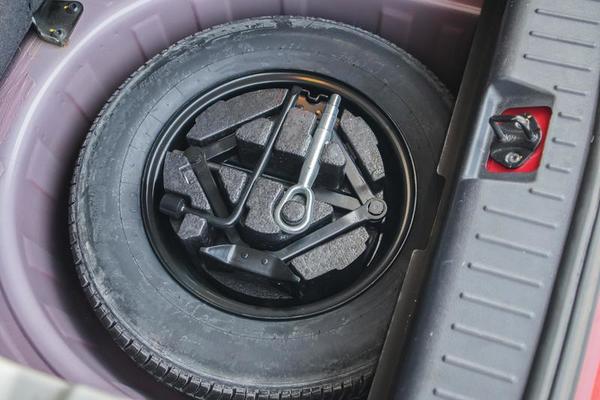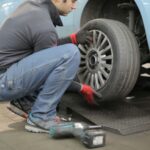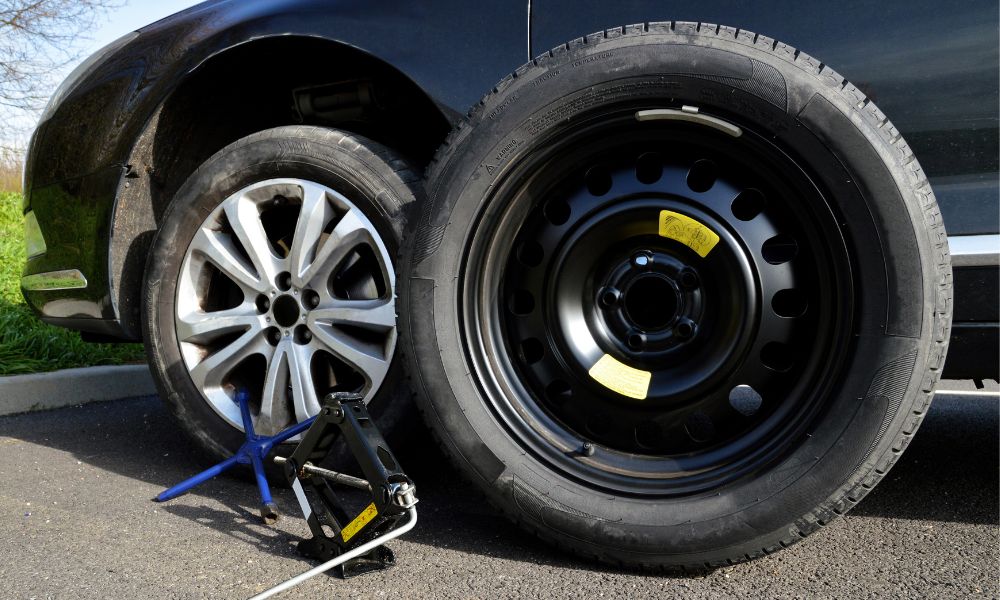In recent years, a surprising trend has emerged in the automotive industry: spare tires are becoming increasingly rare in modern vehicles. Once considered a non-negotiable safety feature, spare tires are now absent from many new car models. This shift has left many drivers wondering why manufacturers are making this change and what it means for vehicle owners. In this article, we’ll explore the reasons behind the disappearance of spare tires, the impact on drivers, and the practical steps you can take to stay prepared.
The Decline of Spare Tires
Historical Importance of Spare Tires
Spare tires have been a standard feature in cars since the early 20th century, providing drivers with a reliable backup in case of a flat tire. Initially, vehicles were equipped with full-size spare tires identical to the ones on the car. Over time, manufacturers transitioned to space-saving compact spares, often called “donuts,” to reduce weight and save trunk space.
Why Are Spare Tires Disappearing?
The disappearance of spare tires from new cars isn’t random—it’s the result of deliberate decisions by automakers influenced by several factors:
- Weight Reduction: Removing spare tires reduces a car’s overall weight, improving fuel efficiency and reducing carbon emissions. Automakers are under pressure to meet strict environmental regulations, and cutting vehicle weight is an effective strategy.
- Cost Savings: By omitting spare tires, car manufacturers save on production costs. Even minor cost reductions can add up significantly across millions of vehicles.
- Space Optimization: Modern car designs prioritize interior space and trunk capacity. By eliminating the spare tire, manufacturers can allocate space for other features or simply create a sleeker design.
- Technological Advances: Innovations such as run-flat tires and portable tire repair kits are increasingly being marketed as viable alternatives to spare tires.
Models Without Spare Tires
Popular models like the Tesla Model 3, BMW i3, and certain trims of the Toyota Prius are among those that no longer come with spare tires. As automakers continue to innovate, the trend is expected to grow.
Implications for Drivers
Increased Risk and Inconvenience
For many drivers, the lack of a spare tire can lead to significant challenges. Flat tires can happen unexpectedly, and without a spare, drivers may find themselves stranded in remote or unsafe locations. Relying solely on roadside assistance is not always practical, especially in areas with limited cell service or during emergencies.
Economic Impact
While omitting spare tires reduces manufacturing costs, it can increase expenses for car owners. Run-flat tires and repair kits are more expensive to replace than traditional spare tires. Additionally, repair kits may not be effective for severe tire damage, leaving drivers with costly towing and repair bills.
Environmental Considerations
The environmental impact of removing spare tires is complex. On the one hand, fewer tires are produced, reducing rubber waste. On the other hand, run-flat tires have a shorter lifespan and are less recyclable, while tire sealants in repair kits may pose disposal challenges.
Alternatives to Spare Tires

Run-Flat Tires
Run-flat tires are designed to allow continued driving for a short distance after a puncture, typically up to 50 miles at reduced speeds. While they offer convenience, they are more expensive, harder to repair, and often have a rougher ride quality compared to standard tires.
Tire Repair Kits
Portable tire repair kits, often included in place of a spare tire, contain sealant and an air compressor to temporarily fix a puncture. These kits are lightweight and compact but are only effective for minor punctures. They may not work for sidewall damage or larger holes, leaving drivers with limited options.
Roadside Assistance Services
Subscription-based roadside assistance services have grown in popularity, offering support for flat tires and other emergencies. While convenient, relying solely on external help can be risky in remote or inaccessible areas.
Portable Air Compressors
A portable air compressor can be a helpful tool for temporary fixes, especially for slow leaks. However, like repair kits, it’s not a complete solution for all types of tire damage.
What Drivers Should Do About It
Understand Your Vehicle’s Tire Options
The first step is to familiarize yourself with your car’s tire-related features. Check your owner’s manual to see if your vehicle has a spare tire, run-flat tires, or a repair kit. Understanding what you have on hand can help you prepare for emergencies.
Evaluate Alternatives Based on Your Needs
Consider your driving habits and environment when choosing backup options. If you frequently drive in remote areas or on long trips, investing in a spare tire or more robust repair solutions may be wise. Urban drivers with easy access to roadside assistance may find repair kits and run-flat tires sufficient.
Invest in Backup Solutions
If your car doesn’t come with a spare tire, you can purchase one separately along with a jack and lug wrench. Keeping a high-quality tire repair kit or portable air compressor in your trunk is also a smart precaution.
Learn Basic Tire Repair Skills
Having basic knowledge of tire repair can save you in a pinch. Learn how to use a repair kit and, if possible, how to replace a tire. This knowledge can be invaluable in emergencies.
Maintain Preventative Measures
Regular tire maintenance can reduce the likelihood of flats. Check your tire pressure monthly, inspect for damage or wear, and rotate your tires as recommended by your vehicle manufacturer.
Future of Spare Tires and Tire Technology
As tire technology evolves, new solutions may render spare tires obsolete. Airless tires, currently in development, could eliminate the risk of flats altogether. Similarly, self-healing tires with embedded sealants are gaining traction as a potential game-changer. While these innovations hold promise, widespread adoption will take time, leaving drivers to navigate the current landscape.
Automakers and policymakers must strike a balance between cost, safety, and environmental impact. Consumers can play a role by advocating for transparency and practical solutions that prioritize driver safety.
Conclusion
The disappearance of spare tires from modern vehicles reflects changes in automotive design, technology, and environmental priorities. While this shift poses challenges for drivers, understanding your options and taking proactive measures can help you stay prepared. As tire technology continues to advance, the future may bring even better solutions, but until then, being informed and equipped remains essential for every driver.

 Budget Car Rental Tips for Saving Money in Singapore 2025
Budget Car Rental Tips for Saving Money in Singapore 2025  Why Mobile Tyre Replacement is the Future of Car Maintenance
Why Mobile Tyre Replacement is the Future of Car Maintenance  The Real Cost of Anime Car Wraps: What You Need to Know Before Going Full Itasha
The Real Cost of Anime Car Wraps: What You Need to Know Before Going Full Itasha  The Importance of Quiet Generators for Peaceful Sleep: Featuring the Jackery Solar Generator 2000 Plus
The Importance of Quiet Generators for Peaceful Sleep: Featuring the Jackery Solar Generator 2000 Plus  Why WEX Motorpass Is the Smart Choice for Business Fuel Management
Why WEX Motorpass Is the Smart Choice for Business Fuel Management  Top Choice for 4WD and Overlanding Rentals in Bozeman
Top Choice for 4WD and Overlanding Rentals in Bozeman  How Car Window Tinting Enhances Privacy and Protection on the Road
How Car Window Tinting Enhances Privacy and Protection on the Road  Certified Preowned Cars: Are They Worth It?
Certified Preowned Cars: Are They Worth It?  Apps That Help Diagnose Car Problems Like a Mechanic
Apps That Help Diagnose Car Problems Like a Mechanic 